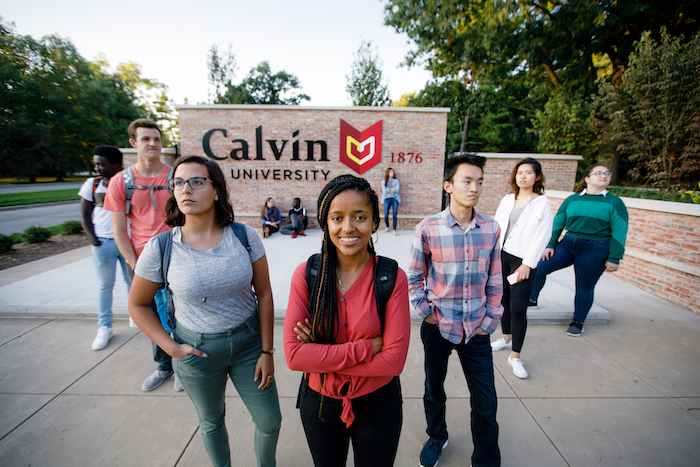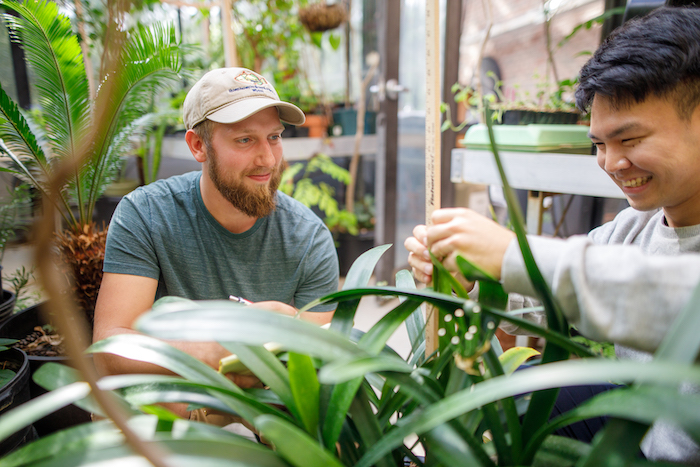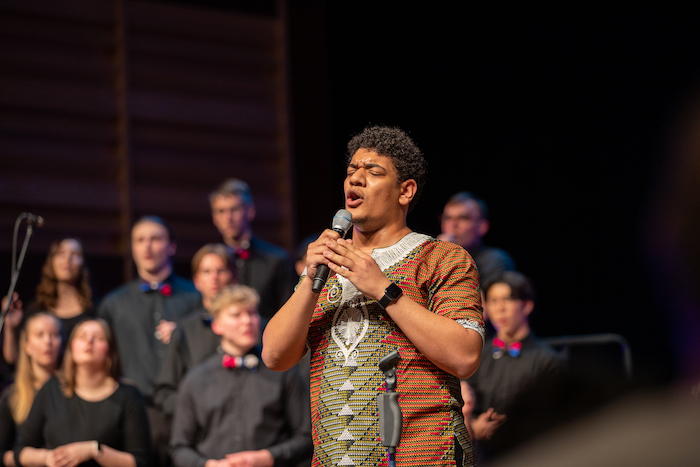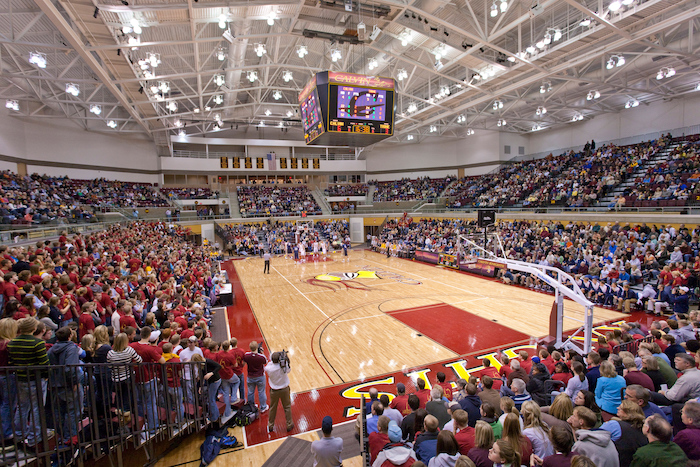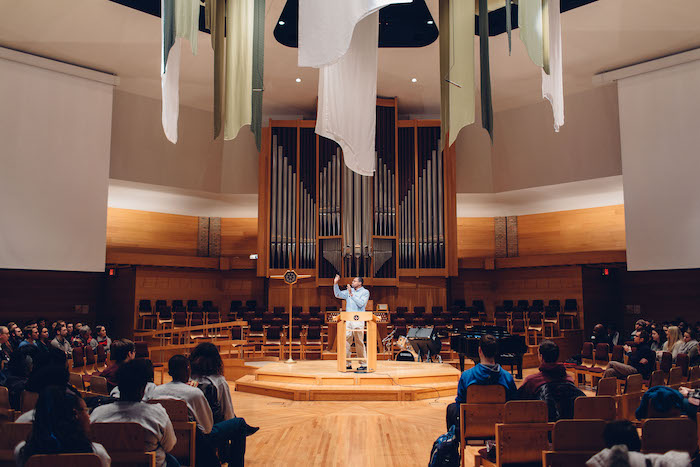Dr. Deanna van Dijk
Biography
Professor van Dijk was born in Oxford, England, but her family moved when she was young, and her first memories are of Sioux Center, Iowa (U.S.), where her family lived for 13 years while her father taught at Dordt College. In 1982, her family moved back to Canada, while her father taught at Redeemer College in Hamilton, Ontario. In 1999, she moved to Michigan for a one-year teaching position at Calvin College. That temporary position led to a tenure-track position and many more years in Grand Rapids, Michigan. Her favorite vacation spots include the Canadian Rockies, Atlantic Canada, the Bruce Peninsula (Ontario), and the Upper Peninsula (Michigan).
Education
- BCS, Math and Geography, Redeemer College
- MA, Geography, University of Waterloo
- PhD, Geography, University of Waterloo
Professional Experience
- Post-doc, Sackville, New Brunswick in a salt marsh on the Bay of Fundy, 1998 (short but memorable)
- Joined the GEO department at Calvin College, 1999
Academic Interests
Research interests
- aeolian and coastal geomorphology
- cold-climate processes
- wind erosion in complex environments
- Lake Michigan coastal dunes
A few of my passions...
- Dunes: Any dune is fascinating, but Lake Michigan has some spectacular dunes.
- Coasts: These are some of the most dynamic environments on Earth.
- Winter/cold regions: Too many people miss out on wonderful things because they avoid the cold.
- Fieldwork: To really understand geomorphology, you need to spend time with the landforms and processes.
- Teaching: Geography is a great discipline and it’s a privilege to be able to share.
- Fieldtrips: What better way is there to experience geography?
- (Undergraduate) Student research: Students have the hands-on opportunity to learn and contribute to advancing knowledge.
- Canada: Spectacular landscapes. Wonderful people. (...and real winters, hockey, short elections, consistent metric use, Tim Hortons, poutine ...) What's not to like?


